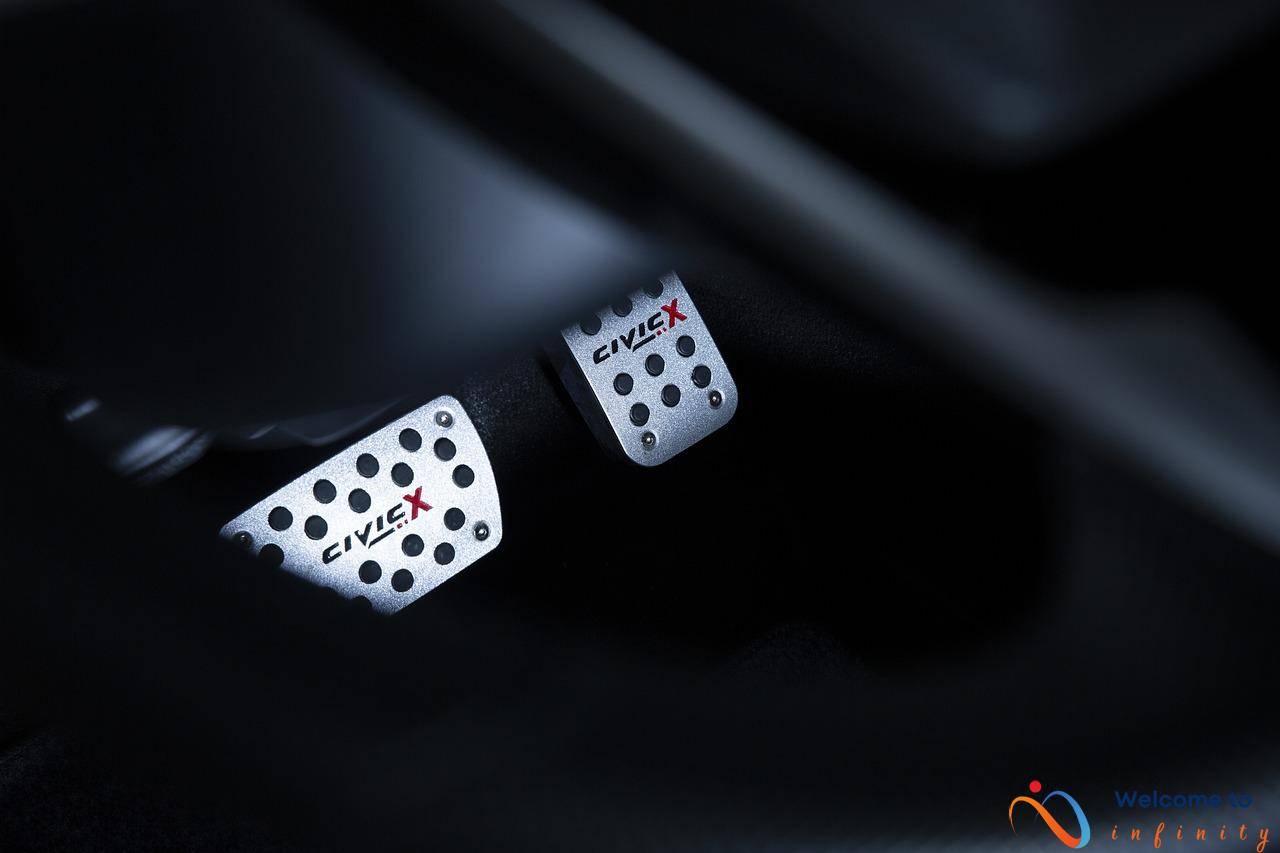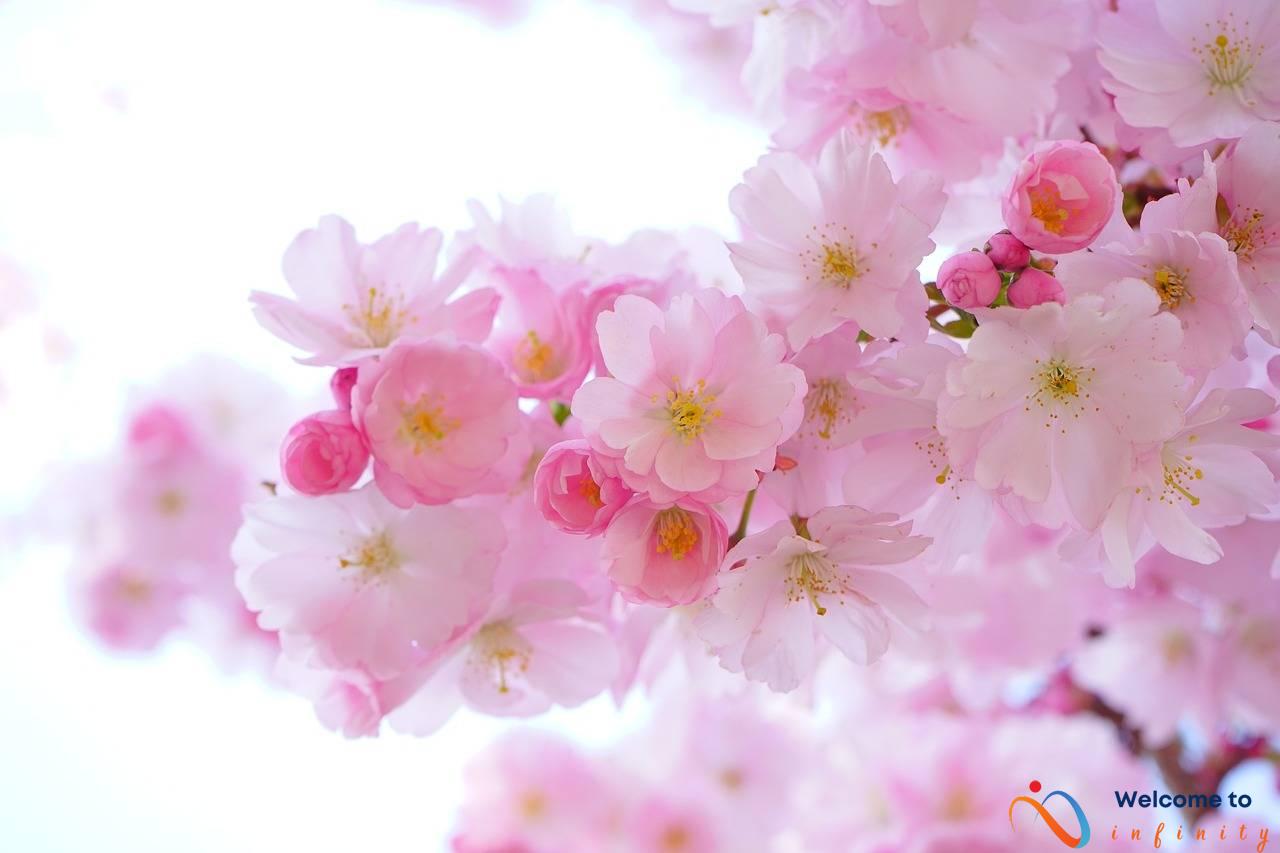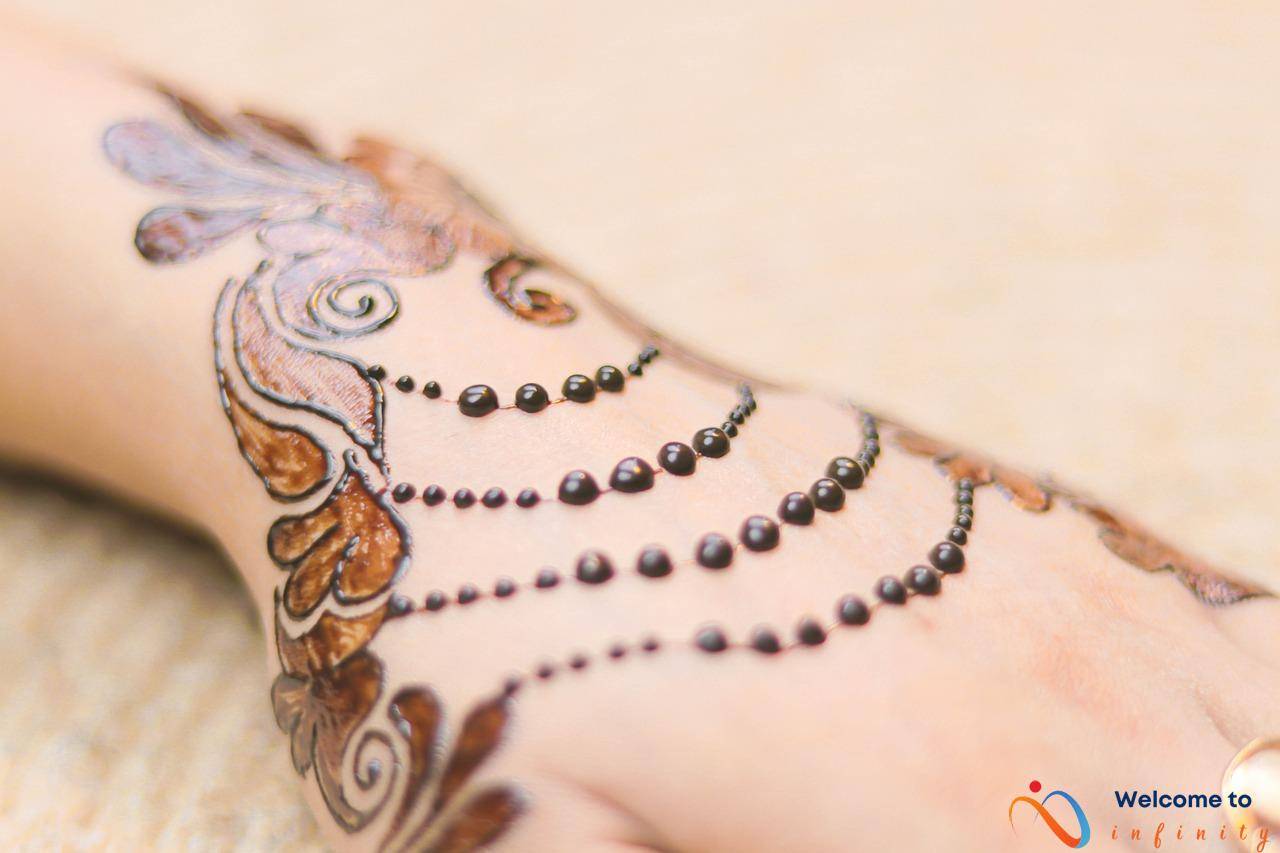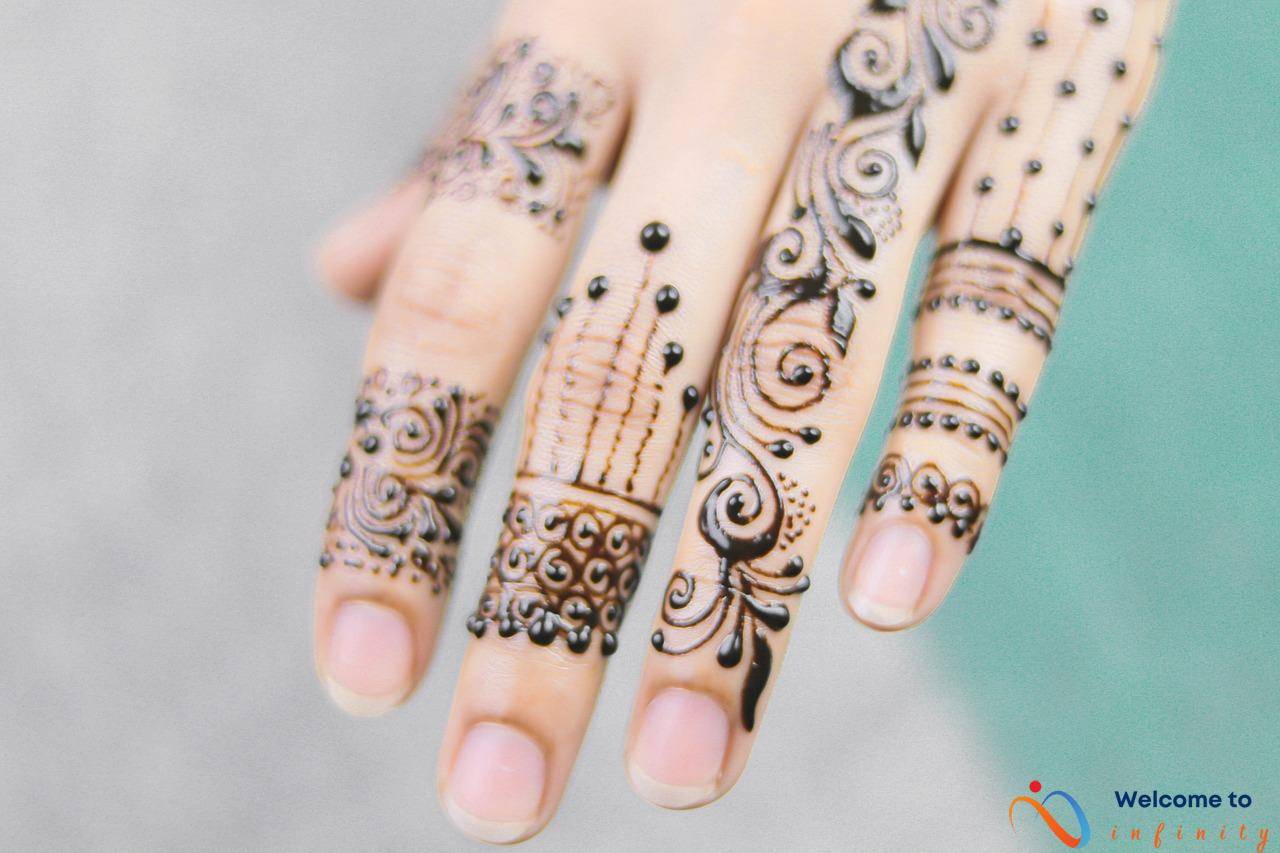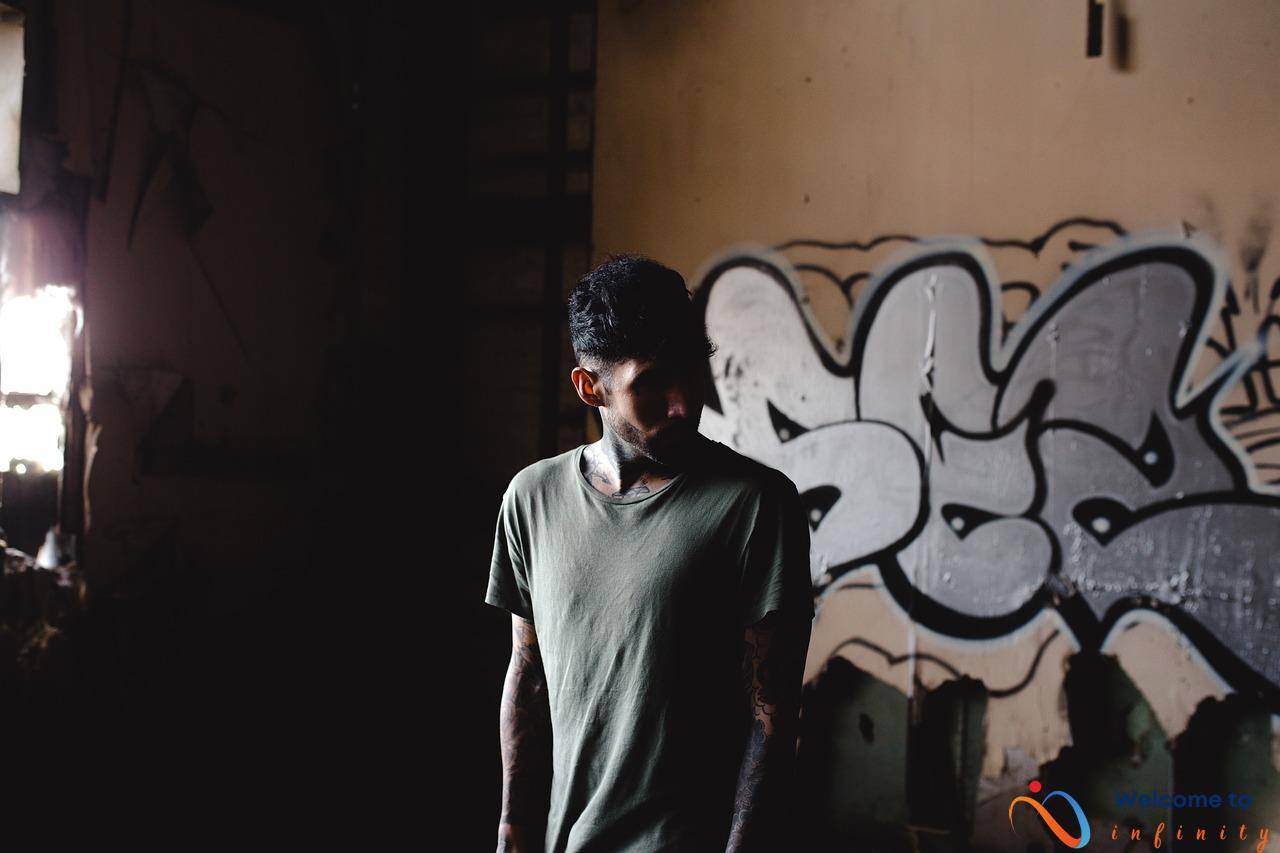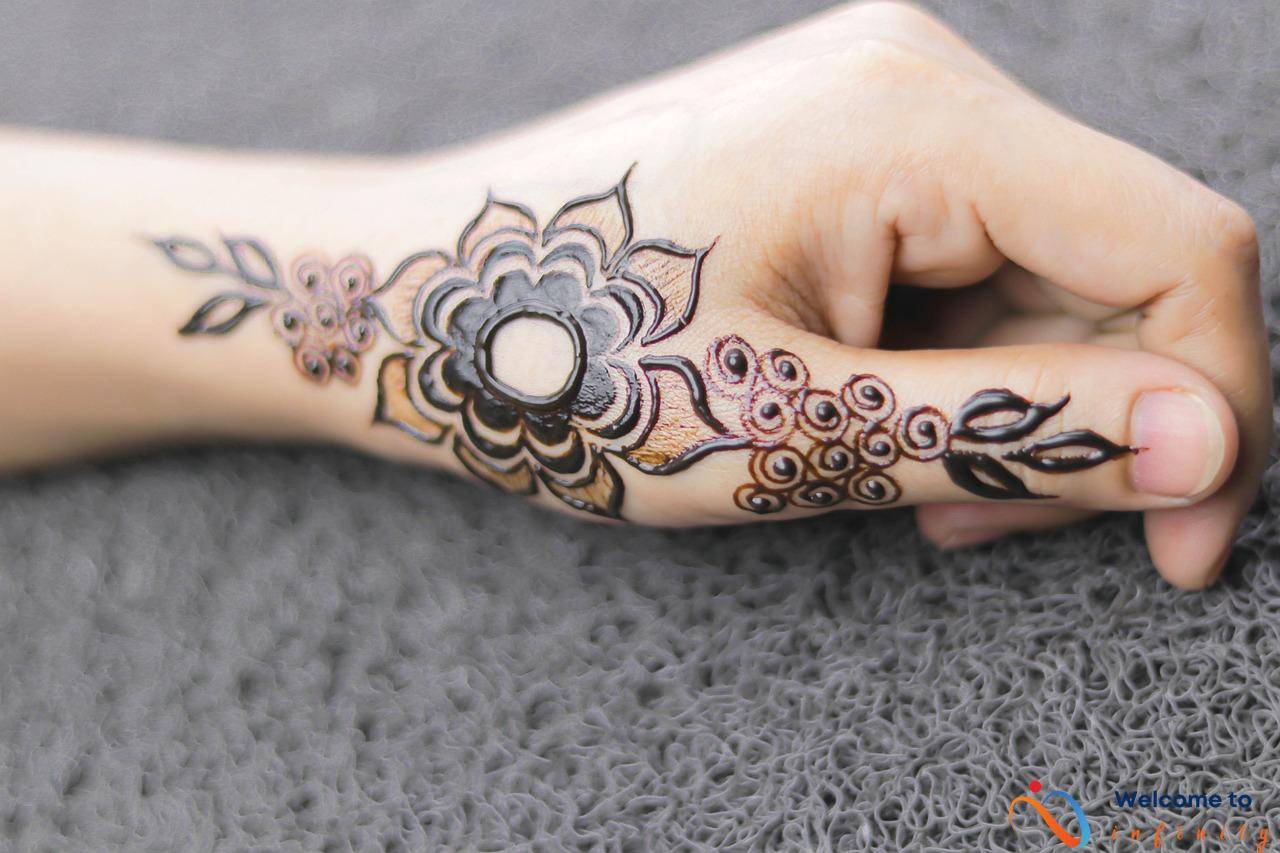The LGBT community has long used tattoos as a form of self-expression and representation of their identity. Over recent years, this trend has become increasingly popular as individuals seek creative ways to celebrate their identity. Pride tattoos are a powerful way of expressing one's proud identity and the journey that one has been on to embrace who they truly are.
Some of the most popular pride tattoo designs include the rainbow flag, pink triangle, transgender symbols, and the lambda symbol. The rainbow flag, which was originally created by artist Gilbert Baker in 1978, has become an iconic symbol of the LGBT community. It is a symbol of diversity and the celebration of the community's differences.
Beyond the aesthetics and the symbolism, tattoos can also create a sense of community and belonging. In a society that is often hostile towards the LGBT community, tattoos provide a way for individuals to connect with others who share their experiences and struggles. Tattoos can be a source of empowerment and visibility, making a statement to the world that the LGBT community is here, visible, and not going anywhere.
- Tattoos as a form of pride and self-expression
- Increased popularity of pride tattoos among the LGBT community
- Popular pride tattoo designs
- The role of tattoos in creating a sense of community and empowerment within the LGBT community
However, pride tattoos are not without their controversies. Some within the community have raised concerns over cultural appropriation, as non-LGBT individuals get tattoos of LGBT symbols without truly understanding what they represent. Additionally, discrimination against LGBT individuals within the tattoo industry has been well-documented, making it difficult for individuals to find an artist who they feel comfortable and safe with.
Despite these challenges, the trend of pride tattoos continues to grow and evolve. Ultimately, tattoos can be a powerful way for individuals to celebrate their identity and connect with others who share their experiences.
History of Pride Tattoos
Pride tattoos have a rich history that dates back to the early days of the Gay Rights Movement in the 1960s. During this time, members of the LGBT community faced oppression and discrimination, and tattoos became a symbol of their resistance against societal norms. Back then, tattoos were a bold statement of pride and courage, and weren't as widely accepted as they are today.
The first pride tattoos were usually small and discreet, often used as a secret sign that identified members of the community to each other. The designs were simple and often just letters or numbers, like 69, which was code for gay sex. These tattoos were usually done by amateur tattoo artists, and were not always well executed.
As the LGBT community began to gain more visibility and acceptance, pride tattoos also evolved into more complex designs with vibrant colors and intricate details. Today, the popularity of pride tattoos continues to grow, and the designs have become more mainstream and widely accepted in society.
Designs and Meanings
Designs and Meanings
Pride tattoos come in various designs and have different meanings for the LGBT community members. The most popular design among the pride tattoos is the rainbow flag, which is a universal symbol of pride and unity for the LGBT community. This design consists of six different colors representing different aspects such as red for life, orange for healing, yellow for sunlight, green for nature, blue for harmony, and violet for spirit. Other common designs include the pink triangle, which was originally used to identify gay men in Nazi concentration camps, now stands as a symbol of the oppression and persecution that the LGBT community has endured, and the lambda symbol, which represents liberation and freedom.
These tattoos have deep meanings for LGBT individuals, many of whom have had to struggle to overcome societal stereotypes and stigma. Some people use pride tattoos to signify their coming out experience to themselves or as a way to honor loved ones who have supported them throughout their journey. Others use them as a way to show unity and solidarity with the community.
Pride tattoos can also serve as a reminder to individuals of their inherent worth and dignity. They can give a sense of empowerment and pride to those who may have been made to feel inferior or ashamed of their sexual orientation or gender identity. Overall, pride tattoos are a form of self-expression and a way for individuals to celebrate their identity.
Rainbow Flag Tattoo
The rainbow flag tattoo is undoubtedly the most popular and recognizable design for the LGBT community. Most often, the tattoo features the six colors of the rainbow flag arranged in vertical stripes. However, there are variations of the design that incorporate additional elements such as stars or hearts. The rainbow flag tattoo is a symbol of unity, love, and pride for the community. It serves as a reminder of the progress made by the LGBT community and the ongoing fight for equality. Some people choose to get the tattoo in a discreet location such as the wrist, while others opt for a larger design on their arms, backs or legs. The rainbow flag tattoo is a powerful and meaningful way to showcase one's support for the LGBT community and its values of acceptance and diversity.
Other Pride Tattoos
Other than the iconic rainbow flag design, there are several other common pride tattoo designs in the LGBT community. One of these is the pink triangle, which was originally used to identify homosexual men in Nazi concentration camps but has since been reappropriated as a symbol of gay rights and resistance. Another popular design is the lambda symbol, which was first used as a symbol for gay rights activism in the 1970s and has since become synonymous with the LGBT community.
Other pride tattoo designs include the bisexual flag, which features pink, purple, and blue stripes; the transgender symbol, which is based on the astronomical and alchemical symbol for the planet Venus; and the pansexual symbol, which consists of pink, yellow, and blue stripes. Some individuals also opt for tattoos that incorporate their gender identity or sexual orientation in more subtle ways, such as incorporating the colors of their flag into other designs or getting tattoos that include meaningful quotes or phrases.
Overall, pride tattoos are a powerful way for individuals to express their identity and celebrate their place within the LGBT community. Whether someone chooses a specific pride symbol or incorporates their identity into a larger design, these tattoos serve as a bold and visible statement of self-expression and pride.
Tattooing in the LGBT Community
Tattooing has been a longstanding form of self-expression within the LGBT community. From the early days of the gay rights movement, tattoos were a way for individuals to express their identity and create a sense of community. Today, tattooing continues to play a significant role in the LGBT community and its benefits are numerous.
First and foremost, tattoos help create a sense of community and belonging within the LGBT community. People can express their identity and connect with others who share similar experiences. Tattooing allows individuals to feel a sense of solidarity and support, helping them to feel less isolated and alone.
Furthermore, pride tattoos are a way for individuals to feel empowered and increase visibility of the LGBT community. Tattoos act as a visible symbol of one's identity and can be a powerful statement of self-acceptance and pride. By sporting a pride tattoo, individuals can effectively communicate to the world that they are proud of who they are and their place within the LGBT community.
However, challenges and controversies still exist within the LGBT community when it comes to pride tattoos. Some argue that non-LGBT individuals getting pride tattoos is a form of cultural appropriation, while others face discrimination within the tattoo industry. It is important to approach these issues with sensitivity and a focus on creating a more inclusive and accepting environment for all.
Overall, the role of tattooing in the LGBT community is one of celebration and empowerment. Tattoos act as a form of self-expression and a way to connect with others within the community. While challenges and controversies exist, it is important to embrace the positive impact that tattoos can have on individual and community identity.
Creating a Sense of Community
Within the LGBT community, tattoos have become a way to showcase identity and create a sense of community. Pride tattoos allow individuals to express their personal experiences and struggles in a visible way, connecting them to an inclusive community. Pride tattoos often include symbols such as the rainbow flag, pink triangles, and lambda symbols.
These tattoos not only provide an outlet for self-expression but also create a sense of belonging within the LGBT community. They serve as a visual identifier for members of the community, allowing individuals to find others who share common experiences and struggles. In addition, pride tattoos help to break down societal barriers and foster acceptance among those who may not understand the LGBT experience.
The sense of community created by pride tattoos does not stop with the individual wearing the tattoo. It extends to the entire LGBT community, providing a unified message of acceptance and love. The powerful message conveyed by pride tattoos is particularly important in times of discrimination and hate. They serve as a reminder to all members of the community that they are not alone and that they have a collective voice.
Overall, pride tattoos have become a form of community building within the LGBT community. They help individuals to express their identity and experiences, while also connecting with others who share similar struggles. Pride tattoos have the power to create a sense of belonging and acceptance within the LGBT community, providing a platform for visibility and empowerment.
Empowerment and Visibility
Pride tattoos are more than just a symbol of self-expression; they also offer empowerment to individuals within the LGBT community. These tattoos serve as a bold statement, announcing to the world that they are proud of who they are and their identity. By getting a pride tattoo, individuals can feel a sense of empowerment and confidence, which translates into greater visibility for the LGBT community as a whole.
For many people in the LGBT community, pride tattoos are a way of reclaiming their identity and taking control of their body. This is especially true for those who may have faced discrimination or marginalization because of their sexual orientation or gender identity. Pride tattoos are a way of expressing themselves and feeling strong and empowered in the face of adversity.
Additionally, pride tattoos increase visibility for the LGBT community, as they allow individuals to show their support and solidarity for the community. Seeing someone with a pride tattoo can be a powerful and reassuring sight for those who may be struggling with their own identity or feeling isolated. These tattoos help create a sense of community and belonging, making it easier for LGBT individuals to connect with one another and find allies.
In some cases, pride tattoos also serve as a form of activism. By getting a tattoo that represents their identity, individuals are challenging societal norms and pushing for greater acceptance and recognition of LGBT rights. Pride tattoos can spark conversation and raise awareness, helping to break down barriers and foster greater understanding and acceptance in society.
Overall, pride tattoos offer a multitude of benefits for individuals in the LGBT community, from empowerment and visibility to activism and community building. They serve as a powerful symbol of pride and identity for the community, reminding everyone that love is love and that everyone deserves to be celebrated for who they are.
Challenges and Controversies
Pride tattoos have become a popular form of self-expression among the LGBT community, but they are not without controversy. One of the most significant challenges of pride tattoos is cultural appropriation. Some argue that non-LGBT individuals getting pride tattoos is a form of appropriation. This debate points to the larger issue of non-LGBT individuals using LGBTQ+ culture as a trend rather than showing genuine support for the community.
Another challenge that LGBT individuals face in getting pride tattoos is the discrimination they may face within the tattoo industry. Many LGBT individuals report being turned away or mistreated by tattoo artists due to their sexual orientation or gender identity. This discrimination only reinforces the stigma and marginalization faced by the LGBT community.
Despite these challenges, many LGBT individuals still choose to get pride tattoos as a symbol of their identity and to increase visibility for the community. Pride tattoos can help individuals create a sense of community and belonging, which is especially important for those who may not have supportive environments in their daily lives.
It's important to remember that pride tattoos should never be used as a trend or fashion statement. Instead, they should be treated with respect and sensitivity. Pride tattoos can be a powerful way for LGBT individuals to celebrate their identity, but it's important to understand the challenges and controversies surrounding them.
Cultural Appropriation
Cultural appropriation is a controversial topic in the world of tattoos, especially when it comes to pride tattoos. Some argue that non-LGBT people getting these tattoos is a form of cultural appropriation, while others believe that it's a way to show support and solidarity. The debate centers around the belief that pride tattoos are not just about aesthetics, but rather a symbol of the struggles and triumphs of the LGBT community.
However, it's important to note that not all pride tattoo designs have deep cultural significance. For example, a simple rainbow flag tattoo may not carry as much weight as other designs like the pink triangle or lambda symbol. It's also worth considering the intent behind the tattoo, as well as the actions of the person getting it. Are they truly supportive of the LGBT community, or are they simply trying to appear trendy or edgy?
Ultimately, the decision to get a pride tattoo should be made with respect and consideration for the community it represents. It's important for non-LGBT people to be mindful of their privilege and not use pride tattoos as a way to appropriate or fetishize LGBT culture. On the other hand, those in the LGBT community should also be open to non-LGBT individuals who genuinely want to show their support through tattoos.
In the end, the discussion about cultural appropriation in the context of pride tattoos highlights the importance of understanding and respecting different cultures and communities. Whether or not a person should get a pride tattoo ultimately comes down to their own motivations and intentions, and creating a more inclusive and accepting world for all.
Discrimination within the Tattoo Industry
Despite the increasing popularity of LGBT pride tattoos, discrimination still exists within the tattoo industry. LGBT individuals often face mistreatment and rejection from tattoo artists who hold homophobic or transphobic views.
Some tattoo shops may even refuse to tattoo anything related to the LGBT community, citing personal beliefs or fears of losing business from non-LGBT customers. This type of discrimination can leave LGBT individuals feeling rejected and ostracized from a community they are trying to express themselves in.
However, there are also tattoo artists and shops that are specifically LGBT-friendly and inclusive. These artists provide a safe space for LGBT individuals to freely express themselves through their tattoos without fear of discrimination or judgment. Additionally, organizations like the National LGBT Chamber of Commerce and the Gay and Lesbian Association of Tattoo and Piercing exist to promote and support LGBT individuals in the tattoo industry.
It is important to raise awareness about the discrimination LGBT individuals face in the tattoo industry and to support and celebrate those artists and shops that are inclusive and accepting. Everyone deserves the right to express themselves through art without facing prejudice or rejection.
Celebrating Identity in Ink
Pride tattoos have become a popular form of self-expression among the LGBT community. For many, getting a pride tattoo is a way to celebrate their identity and show solidarity with their community. From the rainbow flag to the pink triangle, these tattoos come in various designs and meanings.
The act of getting a pride tattoo is also a way of creating a sense of community and belonging. For many LGBT individuals, tattooing represents empowerment and visibility. It allows them to display their identity for the world to see and stand proud in their truth.
Despite the positive aspects of pride tattoos, there are also challenges and controversies surrounding them. Some argue that non-LGBT individuals getting pride tattoos is a form of cultural appropriation. Additionally, LGBT individuals may face discrimination within the tattoo industry itself.
However, the overall message of this trend is the celebration of LGBT identity through ink. By proudly displaying their pride tattoos, individuals are taking a bold step towards creating a more inclusive and accepting world. The tattoos serve as a powerful reminder that being LGBT is not something to be ashamed of, but rather something to be celebrated.


